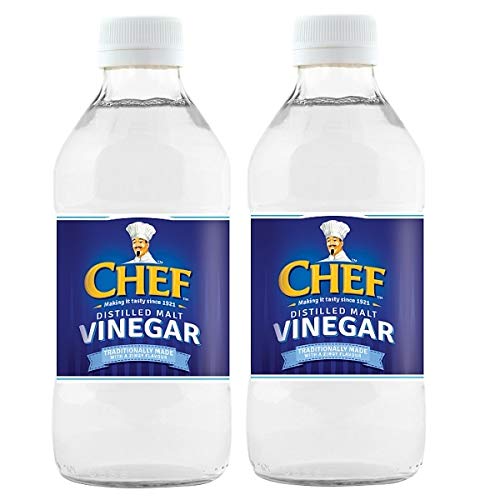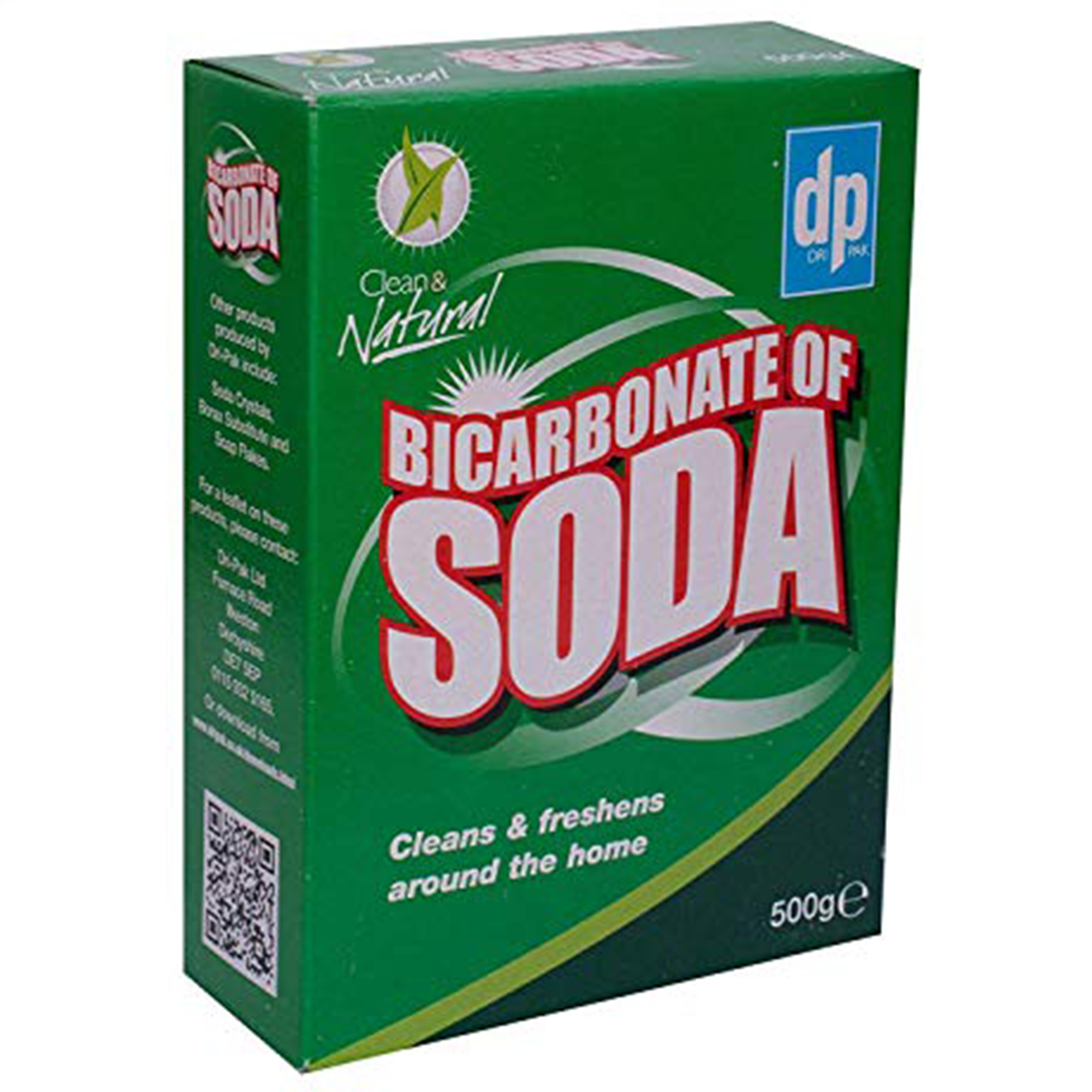The 6 things you should be cleaning with malt vinegar – and what you should avoid
The tangy condiment can be great for cleaning, but only on some surfaces
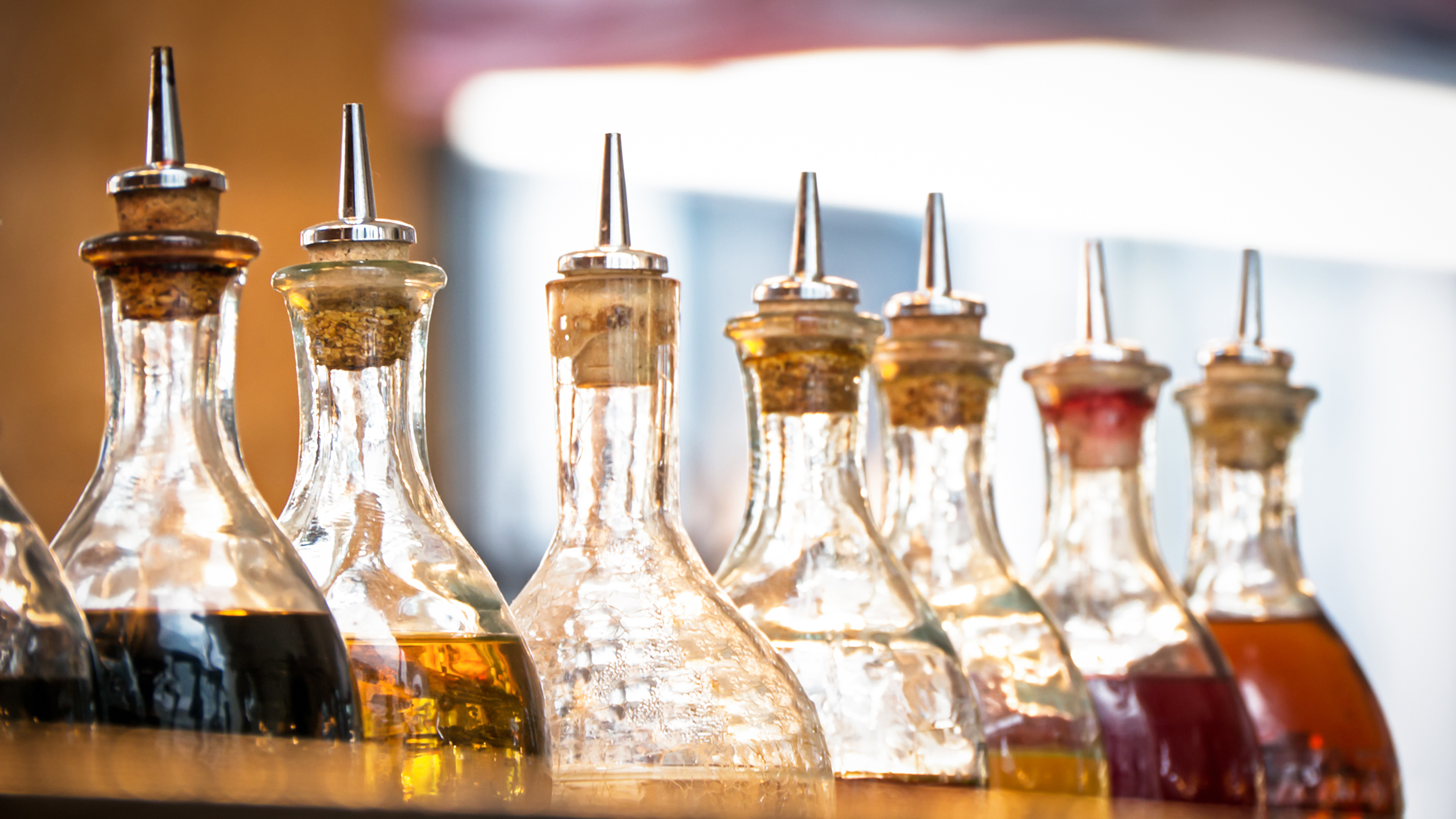

When it comes to keeping your house clean, costs low and chemicals at bay, many of us turn to products that we have already sitting in our store cupboards. So if you've ever wondered can you use malt vinegar for cleaning, you're not alone. In fact, you may have even tried to use it for cleaning your home already – and we're betting that it's been to mixed results.
While cleaning with white vinegar is a cheap and effective solution, it's far from the only vinegar that can be used - but knowing which vinegar to use for cleaning different areas and products is key. And this may be where you've been going wrong with malt vinegar, if you have already given it a go...
Can you use malt vinegar for cleaning?
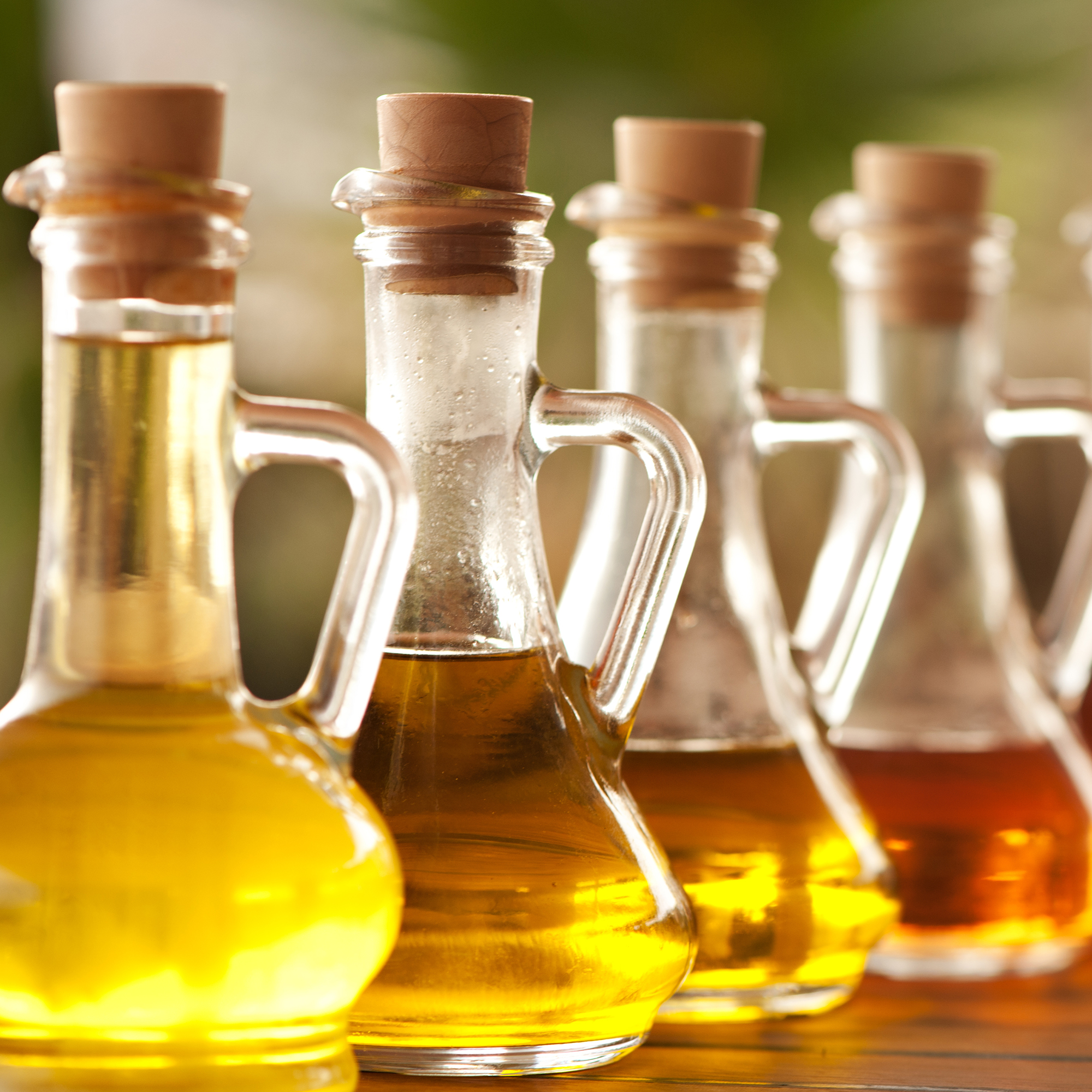
The short answer? Yes, you can use malt vinegar for cleaning. However, the longer answer is that it depends what you want to clean with it.
'Although white vinegar is a common staple in the UK’s cleaning cupboards, few people are aware that its condiment cupboard neighbour, malt vinegar, can also be used to keep the home clean,' says Olivia Young, cleaning expert at Astonish.
'Due to its brown colour, it’s not recommended to use malt vinegar as an all-purpose cleaning solution, due to its potential to stain surfaces and fabrics,' continues Olivia. 'But there are certain areas that it can be suitable for.'
'It is all about knowing the difference and when and how to use it correctly,' agrees Glen Peskett, DIY expert at Saxton Blades and Multitools.
What you'll need
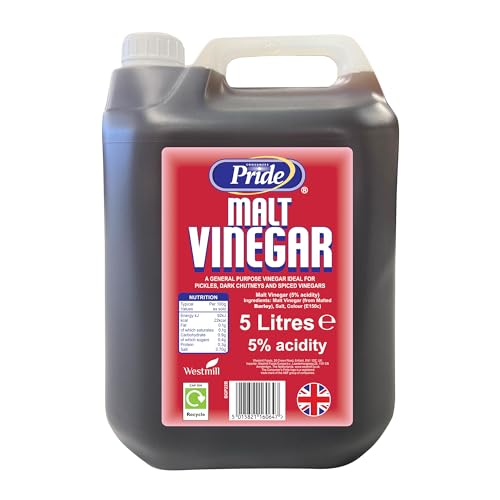
If you want a malt vinegar that you can use on your foods as well as round the house, this bulk-buy is the most cost-efficient way of keeping it on hand.
What can you use malt vinegar to clean?
So good news first – what can you use this tangy condiment to scrub up? Discovering these will ensure you aren't using the wrong type of vinegar for cleaning, so listen up
Get the Ideal Home Newsletter
Sign up to our newsletter for style and decor inspiration, house makeovers, project advice and more.
Being cautious never hurts, so make sure you test it out first. 'Before cleaning with any vinegar, it’s a good idea to refer to the care instructions of the item or surface you are looking to clean,' advises Catherine Green, sustainable cleaning advocate with smol.
'I would recommend testing the vinegar on a small, hidden area first. Leave a little time to see if there is any adverse reaction before using elsewhere.'
1. Glass
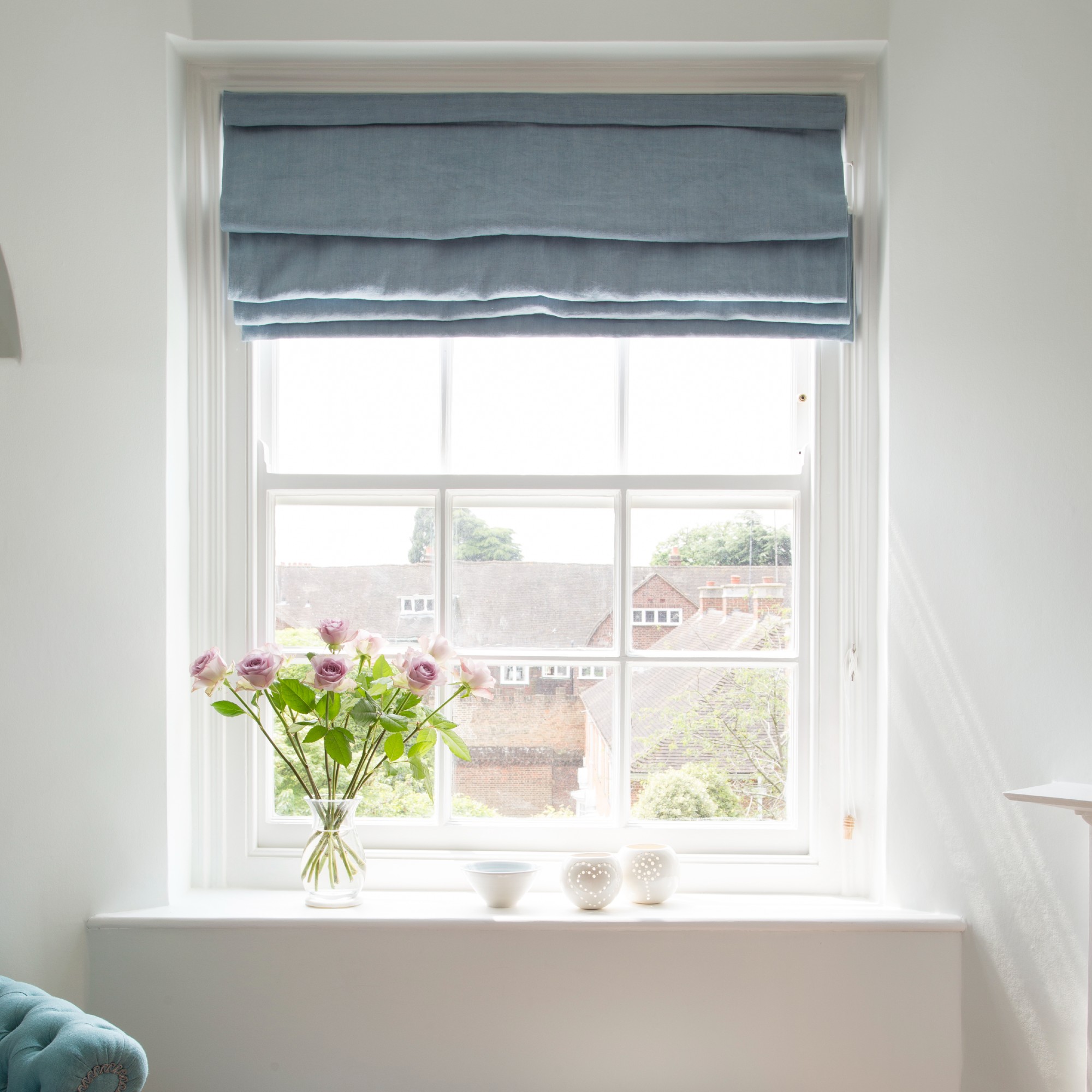
While you may have been using cleaning vinegar to clean windows and glass around the house, it's actually one example of what not to clean with white vinegar.
'Cleaning vinegar is not recommended for use on windows as its acidity can lead to inefficient cleaning and damage,' explains Jo Trotman, marketing manager at window experts The Residence Collection. 'Too much acid can dull shiny surfaces and it doesn’t cut through grease so it isn’t recommended to clean handprints or smudges with cleaning vinegar.'
'However distilled malt vinegar is a better option for your glass as it is usually approximately 95% water and only 5% acid,' continues Jo. 'For the best results, mix one part distilled malt vinegar with 10 parts water into a spray bottle to create an efficient window cleaning solution.'
You can also add some washing-up liquid for an extra cleaning kick. 'There’s no harm in using malt vinegar to clean your windows either,' agrees Sarah Dempsey, cleaning expert at MyJobQuote. 'Mixed into warm water with a good squirt of washing-up liquid, it makes a great cleaner. However, you’ll need to rinse the windows down with clean water before they dry, to wash away any residues'
2. Stainless steel
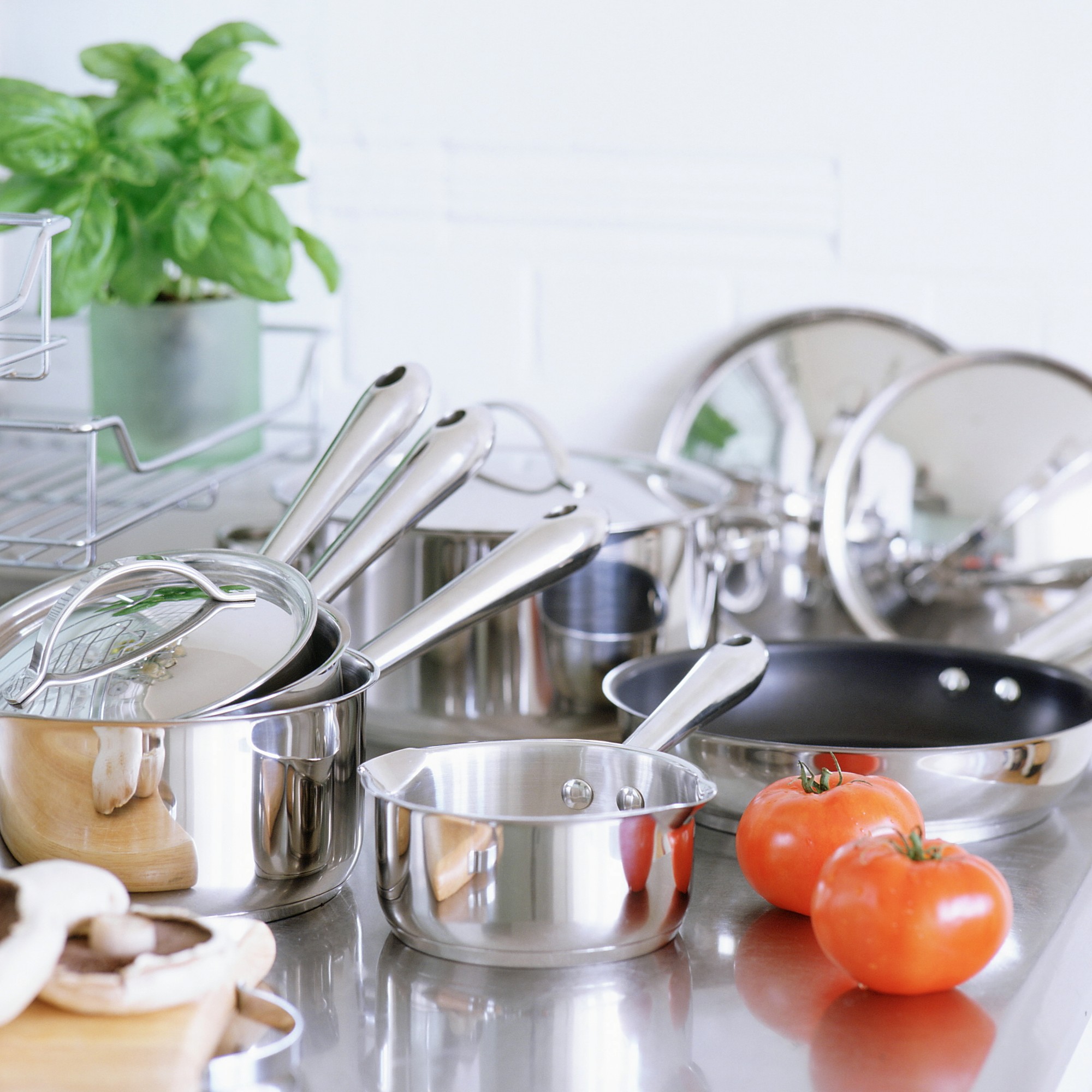
Your stainless steel pots and pans are another item which can benefit from a bit of malt vinegar cleaning.
'The acidity works well to remove tea and other stains, bringing the shine back to sinks, teapots and pans,' explains cleaning expert Sarah. 'However, malt vinegar smells pretty potent, so you may want to run some hot water down afterwards.'
3. Shower heads
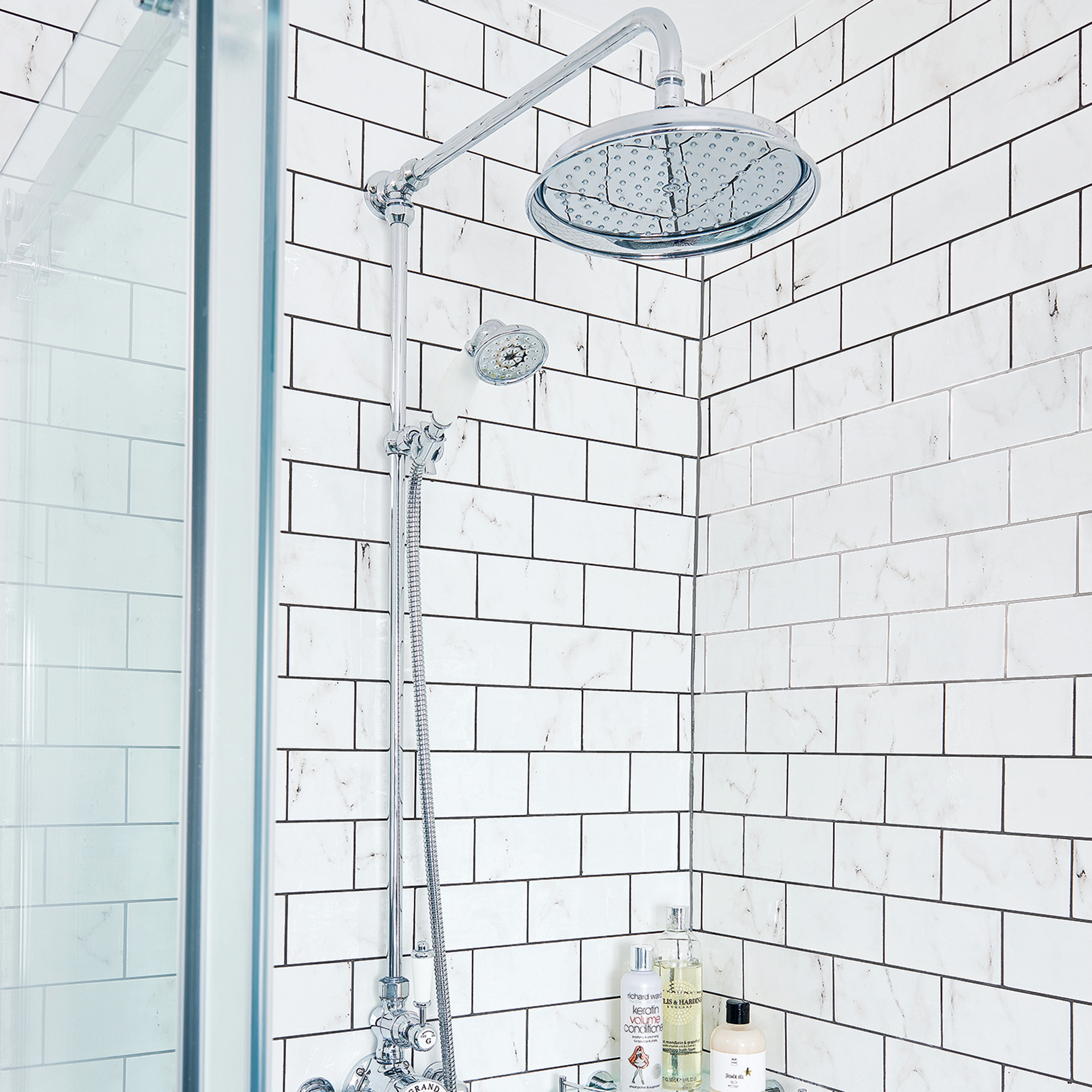
While we would usually recommend to clean a shower head using white vinegar, you can give your malt a go here, too.
'Get a faster, more powerful shower, by soaking your showerhead in a malt vinegar solution,' says DIY expert Glen. 'Leave it for 12 hours unless its gold or brass coated, in which case 30 minutes maximum.'
4. Rusted tools

When it comes to cleaning rust off metal, people tend to use either an all-purposes paste or the miracle cleaner that is bicarb but if you've got a bottle of malt lying around then it can help out, too.
'You can remove rust from metal by soaking your items in a bowl of diluted vinegar,' explains cleaning expert Sarah. 'It works well on rusty cast iron and stainless steel. But you should be careful to only soak your items for a short period and fully rinse the vinegar off afterwards to avoid damaging the metal.'
The same goes for rusted garden tools. 'Rather than get rid of an old tool - such as a saw - you could soak it for 30-40 minutes in malt vinegar,' recommends Glen. 'Be careful to not leave it too long to avoid corrosion of the metal.'
5. Drains
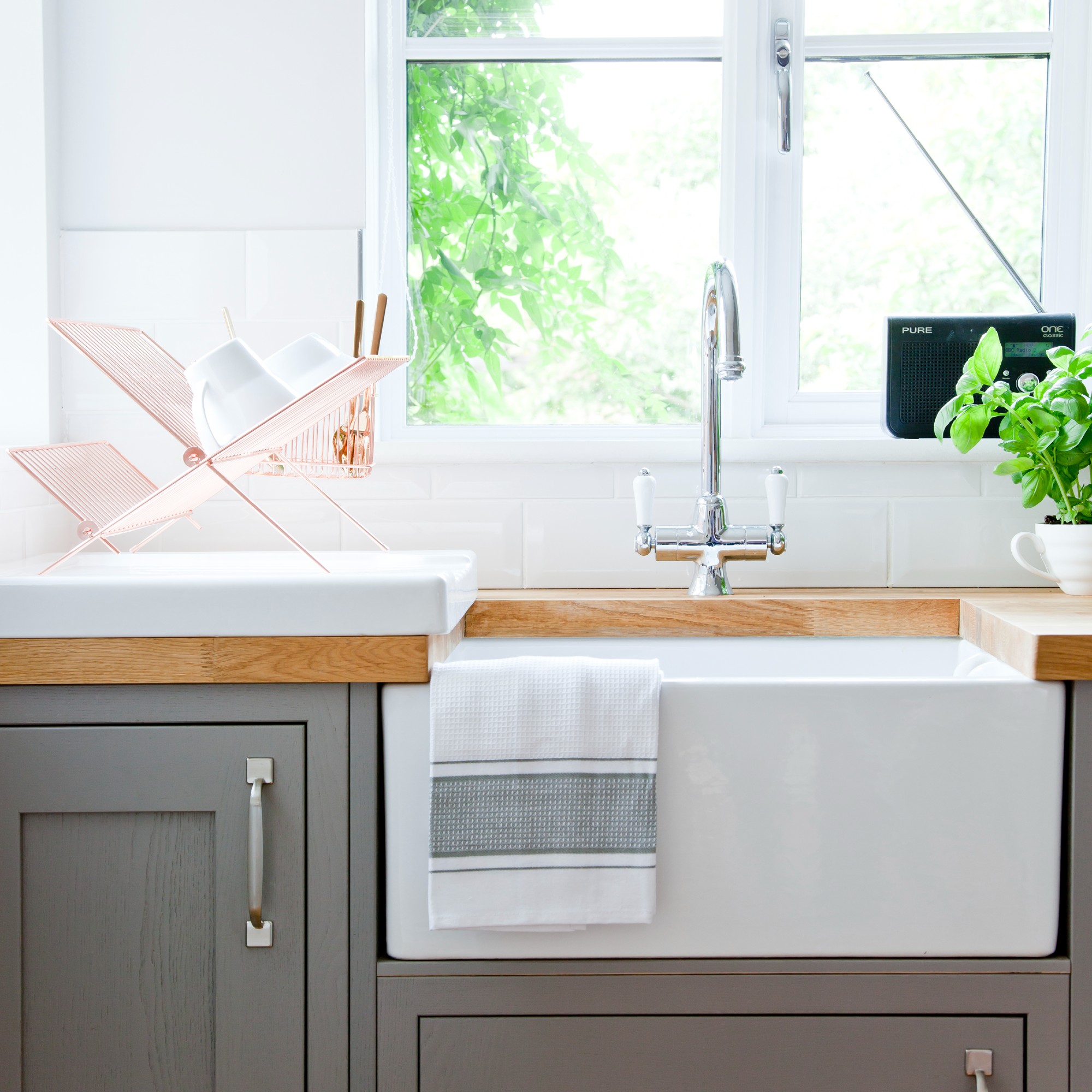
When you're cleaning your sink, then add some malt vinegar to get the drain cleaned at the same time. It will 'to help loosen soap scum and neutralise odours,' says Sarah.
If instead of a routine rink clean, you're finding flies in any of your drains (yes – eek, but yes – it happens), then creating a malt and soda solution will help. 'Pouring vinegar and baking soda then flushing your drain pipes with hot water can remove fly nests from your home - often found in pipes,' advises DIY experts Glen.
6. Stained mugs
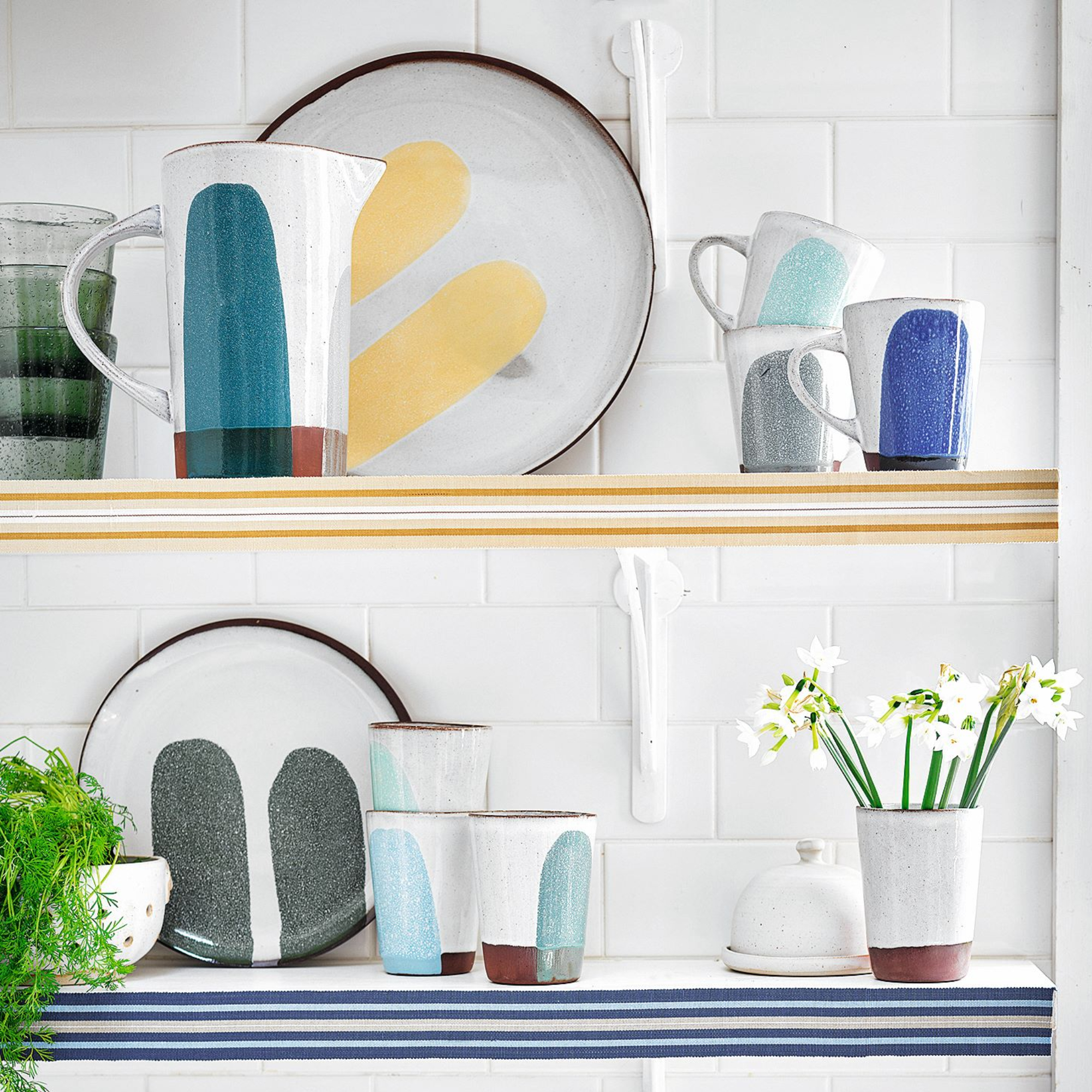
Is there anything more annoying than your favourite mug being stained with tea or coffee? Well, it turns out malt vinegar is, once again, here to help. You can create a solution either with water or soda.
'Stains from your favourite coffee mug can be removed by cleaning with a mixture of baking soda and malt vinegar,' says Glen.
'Tea and coffee stains in ceramic pots and cups can be tackled by mixing equal parts vinegar and water and leaving to soak,' suggests Catherine from smol. 'Once you’ve soaked your item for 15 minutes, wash as normal with hot soapy water.'
What should you never clean with malt vinegar?
Ok, so we've established that there are actually quite a umber of materials and areas of the house which you can clean with malt vinegar, but that's far from the whole story. When it comes to what you shouldn't clean with malt vinegar, it's just as (if not more) important to be the know.
One example is your pans. While, as we've explained, you can use the vinegar on stainless steel, when it comes to aluminium you should steer clear. 'You should take care with aluminium pans because the vinegar may corrode and damage the metal,' explains Catherine.
1. Lights woods and stone
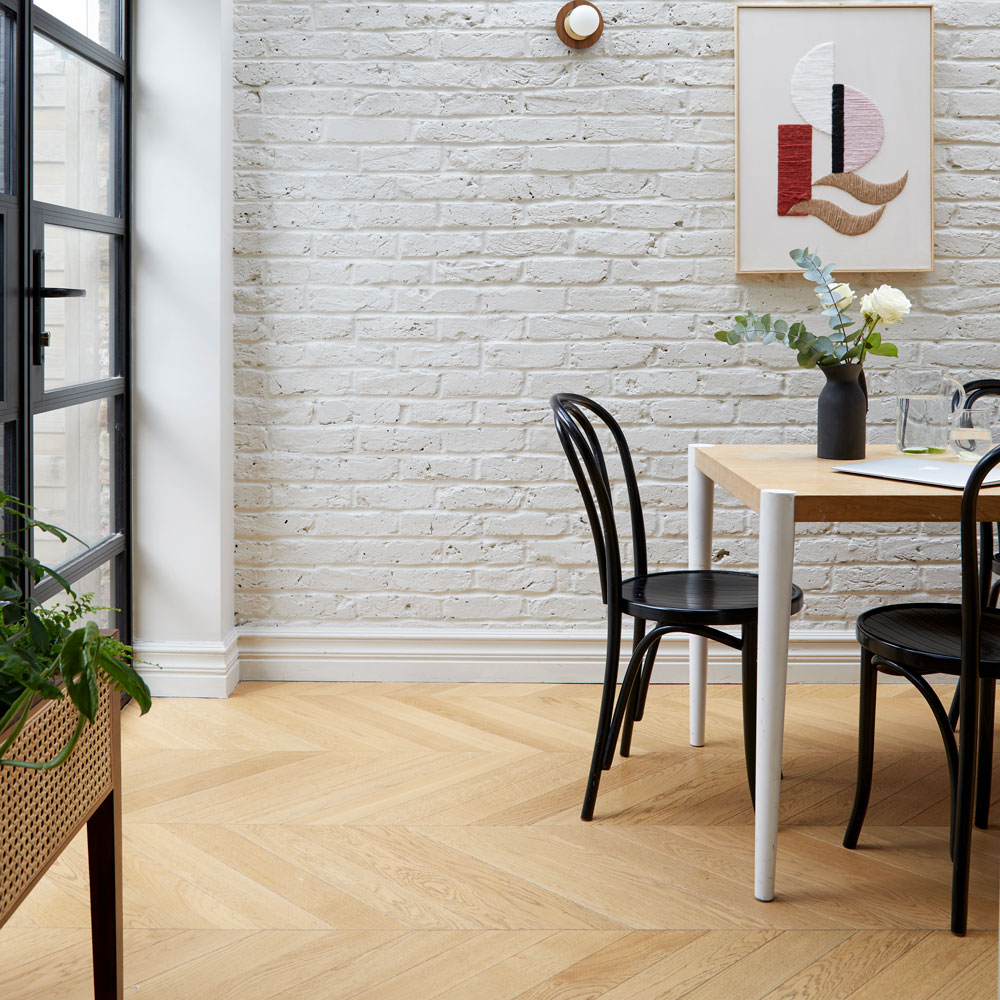
Natural materials like wood and stone are best to steer clear of while you're in a malt vinegar cleaning whirlwind. 'As general rule brown malt vinegar shouldn’t be used to clean wooden floors, furniture or natural stone, this is because the brown colouring of the vinegar has a habit of staining some surfaces and fabrics,' explains Catherine from smol.
'You should also avoid using it on waxed furniture and floors as you will damage those surfaces,' adds cleaning expert Sarah. 'The same is true of stone floors and tiles.'
2. Fabric
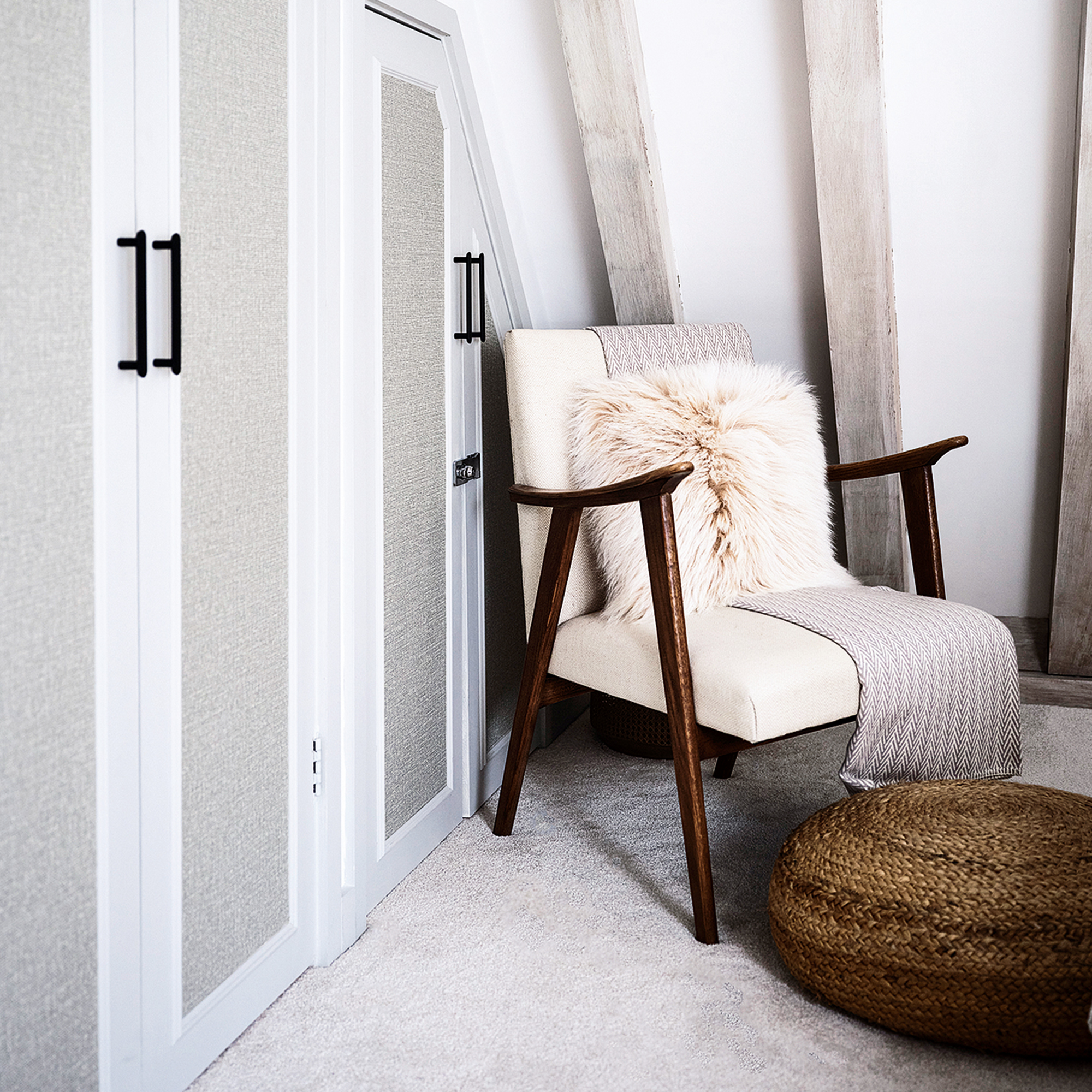
Pretty much every fabric is a no-go as well. Think about it – a dark coloured liquid with a distinct smell doesn't sound like the best thing on a fabric, anyway.
It's best not to use malt vinegar on your clothes, carpets and rugs as you’re likely to stain them, explains Sarah.
3. Electronics
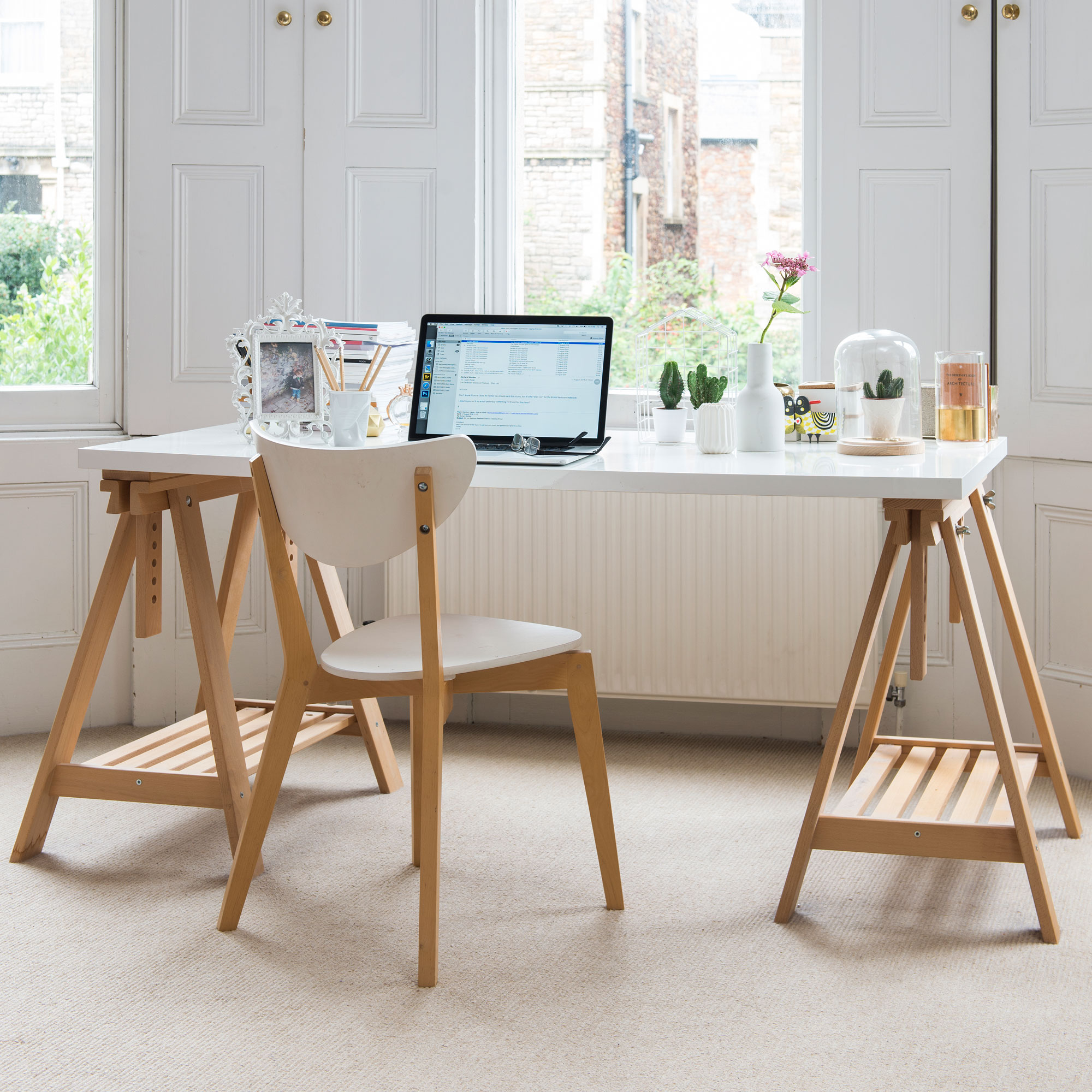
There's more than a good chance your laptop and phone screens need a good clean (we're all guilty of this!), but don't try and clean with malt vinegar – or any kind of vinegar, for that matter.
'Avoid using any type of vinegar on your laptop or phone screens because the special coating which is there to limit smudges and fingerprints can be stripped by the acidic levels of vinegar,' warns Catherine from smol.
Other ways to use malt vinegar around the house
Finally, malt vinegar has a couple more tricks up its sleeve, courtesy of cleaning expert Sarah:
- Antibacterial spray: You can dilute malt vinegar with water, using a 50:50 mix, to use on door handles as an antibacterial spray.
- Descaling kettles: Simply fill your kettle with water to the mid-point, then fill to the top with vinegar and boil. Leave it to work for around 30 minutes before emptying and rinsing thoroughly with water to get rid of the vinegary smell

Thea Babington-Stitt is the Managing Editor for Ideal Home. Thea has been working across some of the UK’s leading interiors titles since 2016.
She started working on these magazines and websites after graduating from City University London with a Masters in Magazine Journalism. Before moving to Ideal Home, Thea was News and Features Editor at Homes & Gardens, LivingEtc and Country Homes & Interiors. In addition to her role at Ideal Home, Thea is studying for a diploma in interior design with The Interior Design Institute.
-
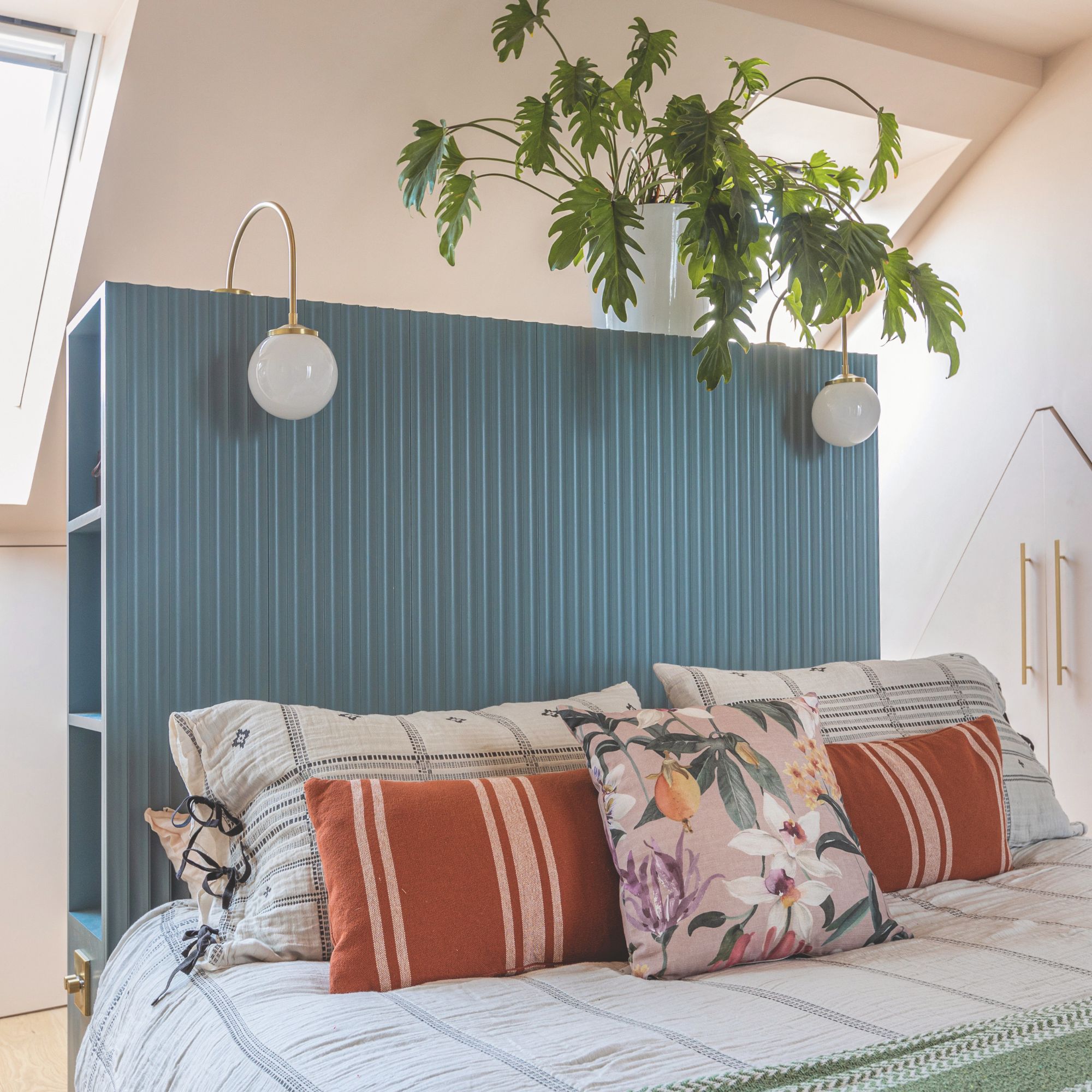 5 signs you’ve taken decluttering too far — and how you can pull yourself back, according to organisation experts
5 signs you’ve taken decluttering too far — and how you can pull yourself back, according to organisation expertsYou might have to start resisting the urge to purge
By Lauren Bradbury
-
 What is the Party Wall Act 3m rule and is it something you should be worried about? This is what the experts say
What is the Party Wall Act 3m rule and is it something you should be worried about? This is what the experts sayDon't get caught off-guard by the Party Wall Act 3m rule — our expert guide is a must-read
By Natasha Brinsmead
-
 Shoppers can’t get enough of The Range’s lemon tree, but I’ve found an even cheaper bestseller at B&Q - it’s perfect for a Mediterranean look
Shoppers can’t get enough of The Range’s lemon tree, but I’ve found an even cheaper bestseller at B&Q - it’s perfect for a Mediterranean lookWelcome the summer with this glorious fruit tree
By Kezia Reynolds
